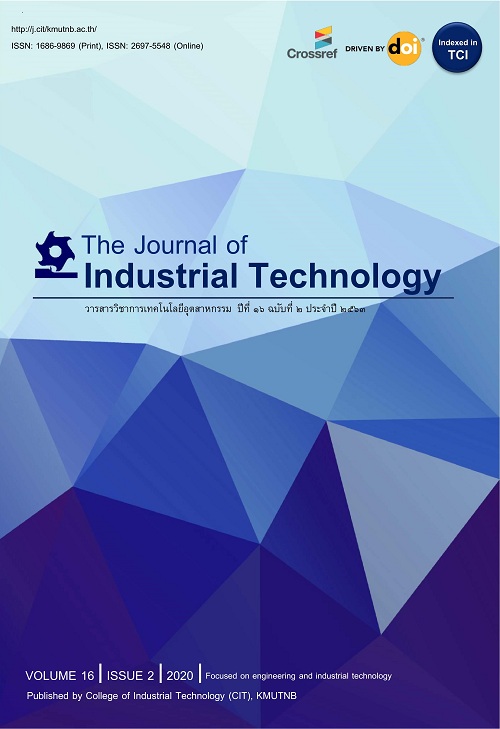Effect of the sludge recirculation rate on the performances of a two-stage anoxicsubmerged membrane bioreactor (A-SMBR) for the treatment of seafood wastewater
Abstract
Abstract
The objective of this research is to study the effect of the sludge recirculation rate on the performance of two-stage
anoxic-submerged membrane bioreactor (ASMBR) for the treatment of seafood wastewater. The seafood wastewater presents the biodegradable of containing high values of organic matter (COD around 2750 mg.L-1) and organic nitrogen compounds (TKN around 484 mg.L-1). Four values of recirculation rates, from 1/8 to 3 times the inflow rate, were studied during a long operational period. The MBR reactor was operated in subcritical flux conditions and no sludge extraction was done during the whole experimental period. The overall efficiency for the COD and nitrogen compound removal rate was on average 95+3% and 98+2% respectively. The residual COD, TKN and NO3
--N concentration in the effluent were 23+4 mg.L-1, 1.2+0.9 mg.L-1 and 29+9 mg.L-1 respectively. In terms of filtration, trans-membrane pressure (TMP) showed a small and constant values in the membrane reactor with a TMP value of around 5-10 mbars. Membrane fouling appeared linked with the soluble organic compound interactions on the membrane surface (irreversible fouling).The quality of treated water met with the standard of wastewater reuse
for all classes (A to D) issued by USEPA.
Keywords
Refbacks
- There are currently no refbacks.






